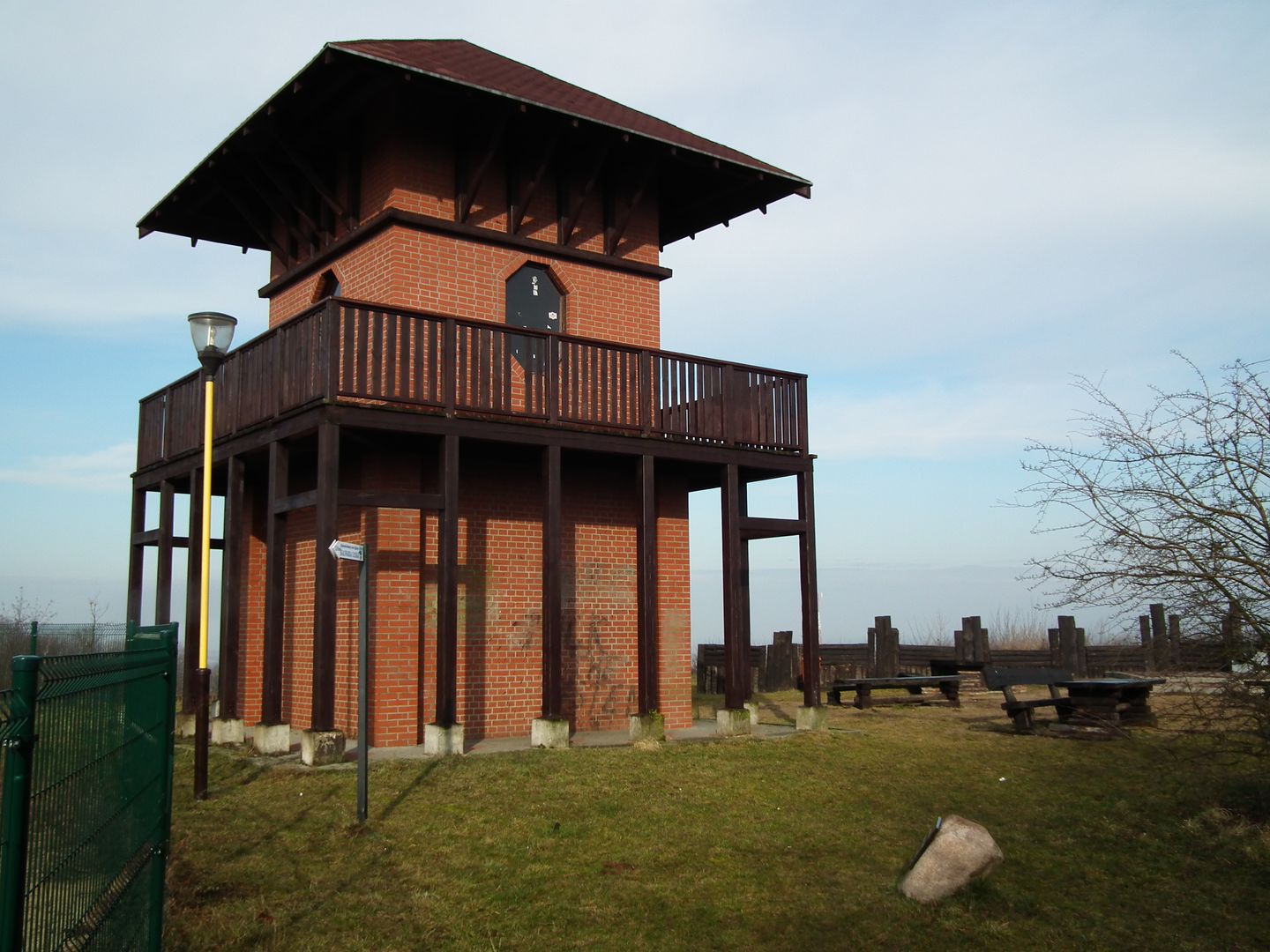Estuary
6.94

Overview
Ujście is a town located in the Greater Poland Voivodeship, within Piła County, with a history dating back to at least the 12th century, when it was first mentioned in the chronicles of Gallus Anonymus. The town is situated on the edge of the Chodzież Upland, in the Central Noteć Valley, at the confluence of the Gwda and Noteć rivers. Historically, Ujście played an important role as a border center between Poland and Brandenburg, as well as the Pomeranian duchies. The town received its municipal rights in 1413, and its development was hindered by events such as the First Partition of Poland, which resulted in Ujście being incorporated into Prussia. The architecture of Ujście reflects various styles and histories, including the neo-Baroque St. Nicholas Church from the early 20th century, the former Evangelical church from the 1850s, and an eclectic town hall. The town is also home to the Ujście Calvary, completed in 1907 and destroyed by the Germans in 1941, now partially restored. Ujście also holds cultural significance: in the 19th century, it had a school and the Brotherhood of Saint Anne. The economy of Ujście is based on industry, with the key enterprise being the Ardagh Glass factory, which produces bottles. Ujście also boasts a rich educational infrastructure, including a primary school and a kindergarten. The town features charming natural areas, such as Eagle Mountain (Orla Góra), which offers a picturesque view of the surrounding landscape. Ujście cooperates with partner cities, such as Krakow am See in Germany and Kaźmierz in Poland, demonstrating its openness to international collaboration. An interesting fact is the existence of a river port on the Noteć, highlighting the local importance of water transport routes. With its rich history, architecture, and traditions, Ujście is an interesting point on the map of Greater Poland.
Location
2025 Wizytor | All Rights Reserved